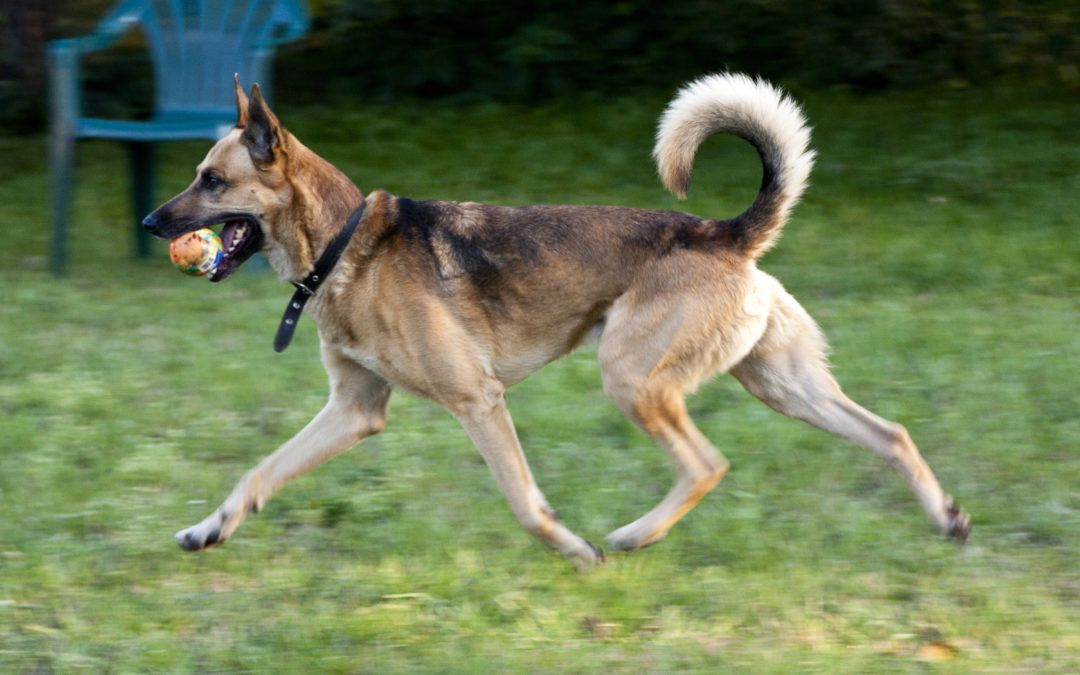It’s hard to resist a calm, gentle dog whose grateful eyes invite an outreached hand and a pat on the head. As the proud owner of a well-behaved calm dog, it’s easy to relax when in the company of strangers.
It’s a different scene entirely when your dog snarls, bares teeth and shows other signs of aggression. This kind of behavior can test the loyalty of any pet owner, who may feel worried and embarrassed but also protective to the point of making excuses.
Dog Aggression is complex
If you can relate to these concerns, then you probably understand the importance of resolving the aggressive behavior. Do not ignore your feelings of concern because:
- Even small or sporadic signs of aggression can escalate into bigger and more frequent displays of aggression.
- Aggressive behavior usually builds over time and rarely “goes away” on its own unless it’s caused by an obvious trigger, such as an injury.
- The longer the aggression continues, the more intense the behavior becomes. And since aggressive dogs tend to dominate a household anyway, this forebodes only more tension.
Like many dog owners, you may feel compelled to tackle the problem yourself. After all, who knows (and loves) your pet better than you? You may even feel equipped to tackle the problem yourself, especially if you begin by learning about the most common signs and types of aggression. (See “Why Is My Dog Aggressive?”)
Aggressive Dogs may respond to calming techniques
By all means do what you can now to neutralize your dog’s aggression. But remember that like many dog owners, you probably will need the help of an expert dog trainer to bring lasting peace to your household.
- Ensure that your dog is healthy and gets regular checkups. Many aggressive dogs act out because they are in distress or pain.
- Take regular walks and ensure your dog gets enough exercise every day. Releasing pent-up energy can diminish aggression.
- Practice obedience training, if you haven’t already, so that your dog knows how to respond to basic commands.
- Give your dog a safe place – a dedicated spot for retreating and unwinding when anxious.
- Don’t feel bad about using a crate when guests come over. It’s a good way to manage the situation.
- Develop a “ritual of behavior” to counteract an aggressive action on your dog’s part. For example, if your dog becomes hostile when visitors enter your home, take a short walk outside beforehand and provide a chew toy or other distraction from the expected trigger. A new ritual can be anything you can dream up, as long it’s something your dog enjoys.
Dog Aggression is a call for expert help
If you’re worried that your dog will resist your efforts, you’re probably right. Remember that the worst thing you can do is to punish your dog but at the same time it’s important to correct bad behavior or it won’t go away.
If all this sounds tricky, it’s because behavior modification of an aggressive dog is in fact a tricky proposition. It requires patience, skill and the confidence that springs from years of experience.
By bringing your aggressive dog to Breakthrough K9 Training, you’re not only placing your pet in expert hands; you’re taking the first step toward taming your dog — and maybe even transforming into that calm and gentle dog that everyone gravitates to.

